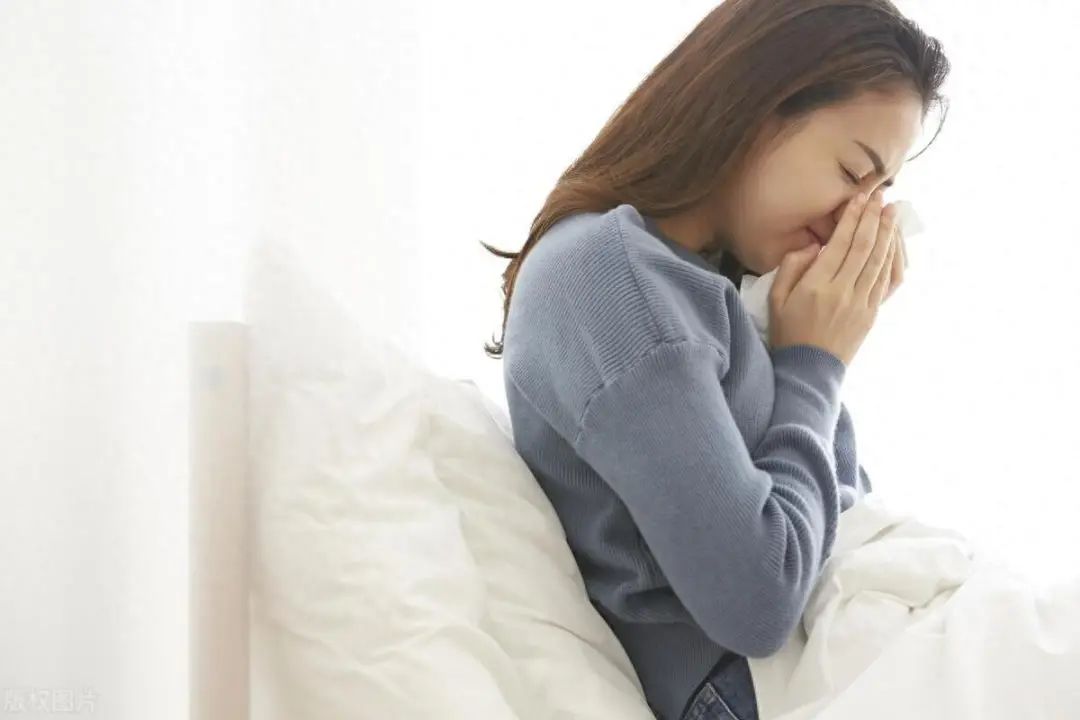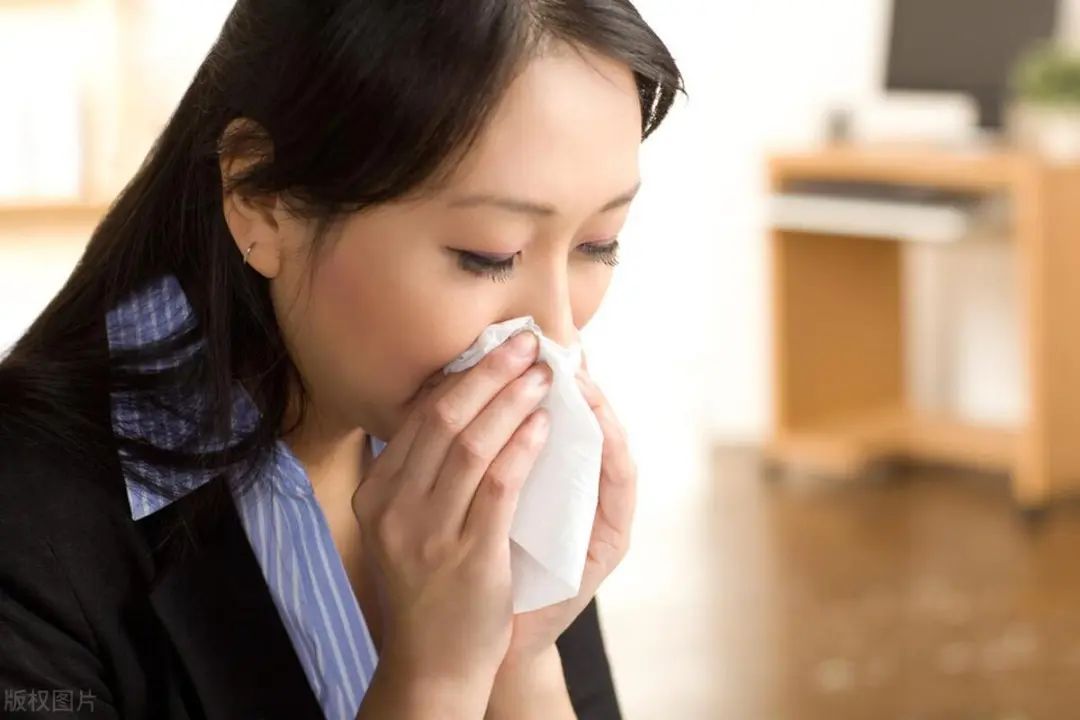According to Traditional Chinese Medicine (TCM), the common cold can be classified into several types, with the most familiar being Wind-Cold and Wind-Heat. For instance, Wind-Cold typically presents with symptoms such as severe chills, mild fever, no sweating, headaches, body aches, nasal congestion with clear discharge, coughing with thin white phlegm, no thirst or a preference for warm drinks, and a thin white tongue coating. Common Chinese patent medicines for this type include Ganmao Qingre Chongji (Cold Relief Powder), Zheng Chaihu Yin Chongji (Zheng Chaihu Decoction), and Ganmao Soft Capsules.
Wind-Heat colds are characterized by high fever, slight aversion to wind, headaches, sweating, sore and swollen throat, cough with sticky or yellow phlegm, nasal congestion with yellow discharge, thirst with a preference for cold drinks, a red tip and edges of the tongue, and a thin white tongue coating with slight yellow. Common Chinese patent medicines for this type include Yinqiao Jiedu Wan (Yinqiao Detoxifying Pill), Lingqiao Jiedu Wan (Lingqiao Detoxifying Pill), and Sangju Ganmao Pian (Sangju Cold Tablets).

Today, we will discuss the Cold-Heat complex type of cold, which often manifests as an exterior cold with internal heat, known as Han Bao Huo (Cold-Heat Complex). This condition typically arises after an initial invasion of Wind-Cold, leading to internal transformation into heat. Common symptoms include fever with chills, headaches without sweating, aching limbs and joints, nasal congestion with a heavy voice, thirst with a sore throat, coughing with shortness of breath, yellow and thick phlegm, a tongue coating that may be white or yellow, and a floating and rapid pulse. Symptoms such as fever with chills, no sweating, aching limbs, and nasal congestion indicate the presence of exterior cold, while thirst, sore throat, shortness of breath, thick yellow phlegm, and irritability indicate internal heat.
For the Cold-Heat complex cold, using solely pungent-cool or pungent-warm methods is ineffective, which is one of the main reasons why individuals with this type of cold find little relief from many cold medications.
Recommended Chinese Patent Medicines
First: Fangfeng Tongsheng Wan, which consists of 17 medicinal ingredients, including Fangfeng (Siler), Bohe (Peppermint), Jingjue Sui (Schizonepeta), and Mahuang (Ephedra), all of which are exterior-releasing herbs that disperse wind and release the exterior by promoting sweating to expel the external wind pathogen. Shigao (Gypsum), Lianqiao (Forsythia), Huangqin (Scutellaria), and Jiegeng (Platycodon) are all interior-clearing herbs that can clear heat and relieve the upper jiao. Dahuang (Rhubarb) and Mangxiao (Mirabilite) are both purgative herbs that can drain heat and promote bowel movements, expelling excess heat from the body through the stool. Zhi Zi (Gardenia) and Huashi (Talc) both have heat-clearing and damp-draining properties, which can clear heat from the three jiao and expel heat pathogens through urination. The formula also includes Danggui (Angelica), Bai Shao (White Peony), and Chuanxiong (Szechuan Lovage) to nourish and invigorate the blood, as well as Bai Zhu (White Atractylodes) and Gancao (Licorice) to tonify Qi. It is important to note that Fangfeng Tongsheng Wan has a strong purging effect and is suitable for individuals with sufficient Zheng Qi (upright Qi) and robust constitution, specifically those with exterior cold and internal heat accumulation, constipation, and scanty urination; however, it should not be taken for extended periods.

Second: Ganmao Qingre Keli, primarily targeting Wind-Cold exterior syndrome, includes herbs such as Jingjue Sui (Schizonepeta), Fangfeng (Siler), Zisu Ye (Perilla Leaf), and Bai Zhi (Angelica Dahurica) that disperse wind and cold. These herbs are warming in nature and can treat cold by dispersing wind and cold, addressing symptoms such as headaches, nasal congestion, and clear nasal discharge. Bohe (Peppermint) and Chaihu (Bupleurum) can also disperse wind and clear heat; additionally, Bohe can clear the head and throat, making it effective for headaches and sore throats caused by colds. Gegen (Pueraria) can promote sweating and release the exterior, alleviating muscle aches and reducing fever. Therefore, Ganmao Qingre Keli is a milder formula that disperses wind and cold while clearing internal heat, suitable for the Cold-Heat complex, particularly in the early stages of a cold, within one to two days of onset.
Third: Xuanmai Ganjun Keli, which is used when internal heat begins to increase. This formula can clear heat, nourish Yin, dispel phlegm, and relieve sore throat. It is commonly used for conditions of Yin deficiency with excess fire, where there is floating fire, dryness in the mouth and nose, and sore throat. When the cold progresses to a severe exterior cold with significant internal heat, using Xuanmai Ganjun Keli in conjunction with Ganmao Qingre Keli is highly effective.
Additionally, Jiuwei Qianghuo Wan and Guihuang Qingre Keli can also be considered. The above Chinese patent medicines should be taken under the guidance of a TCM practitioner based on individual diagnosis and are for reference only.

